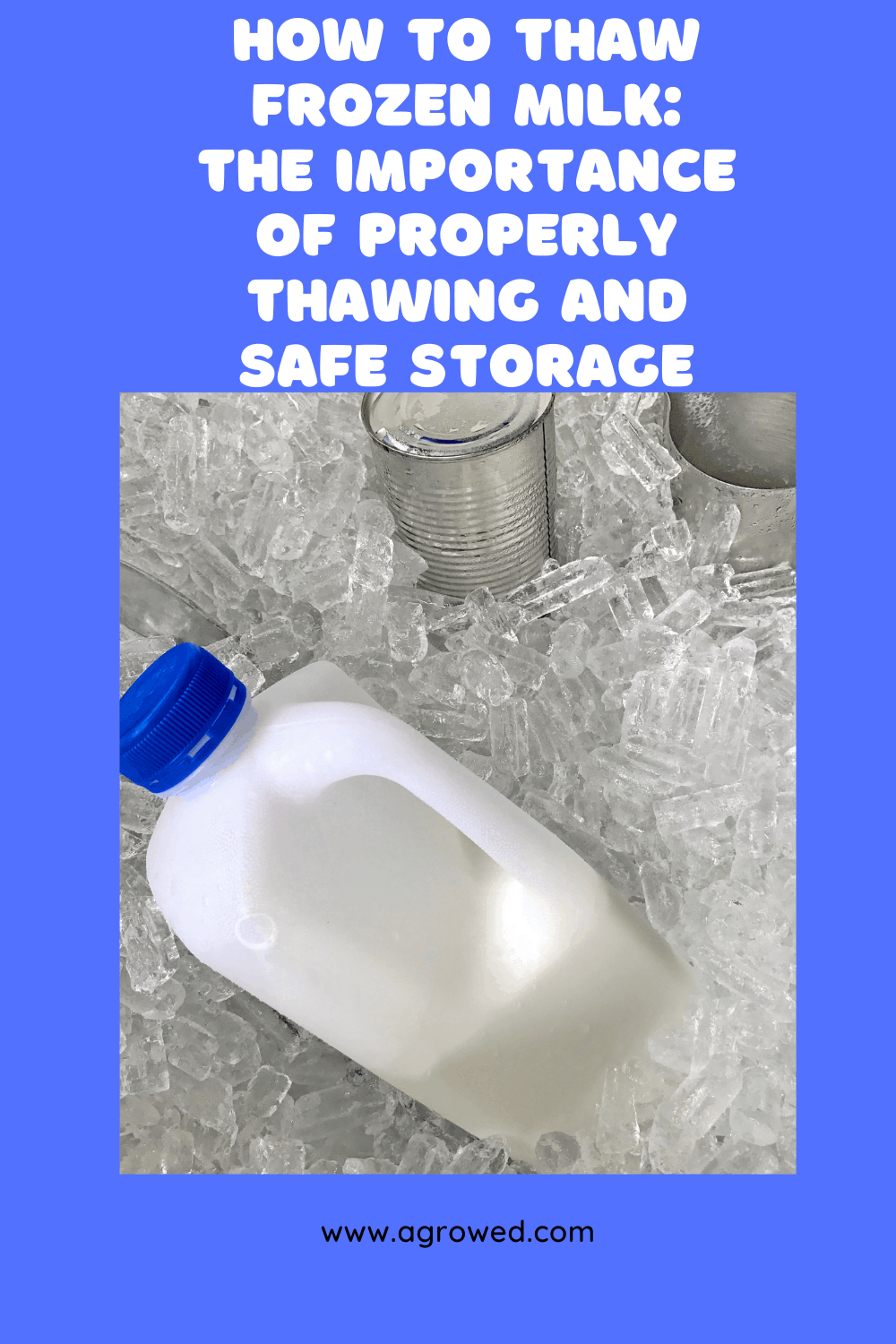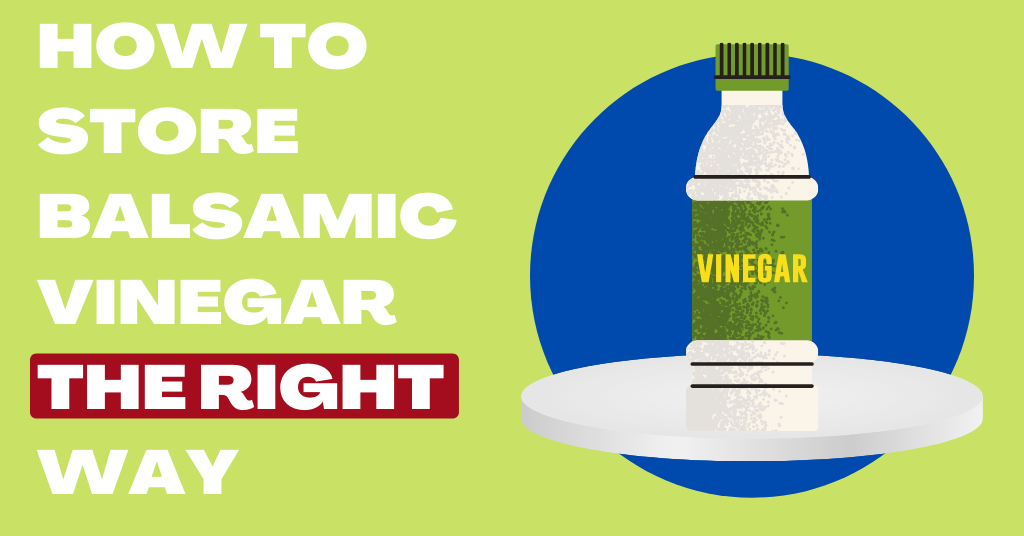I am a well-rounded expert with proficiency in several fields. My experience spans from being a dedicated chef and homemaker. As a passionate homesteader, I’ve honed my skills in sustainable living and animal care, ensuring a holistic approach to everything I undertake. Email me or Txt: (# removed due to spam, please email)
Freezing milk is a great way to preserve it so you can enjoy fresh milk at any time. But thawing frozen milk incorrectly can cause all sorts of problems, such as bacterial growth and separation in the liquid. Knowing how to do it correctly will help keep your family safe from food-borne illnesses and keep your precious milk tasting delicious for months on end!
The importance of thawing milk properly
It’s very important to thaw frozen milk properly. Why? When you improperly thaw it, the ice crystals expand and create air pockets in its liquid form. These will cause separation of fat from the rest of the fluid when refrozen and also make bacteria grow faster.
Leaving it out on the counter to thaw doubles down on the chance even further, So your already way up there when it comes to having a glass full of bacteria.
The final straw is that the milk will taste funky since it’s been in contact with air and bacteria.
It’ll also cause things like white curds to form, which are gross for everyone involved.
That being said, there are a few different methods you can use. Personally, I recommend just running cold water into a bowl or container until it’s full and submerging the frozen containers of milk inside while they’re still sealed shut. If your freezer has the room, you could even stack them on top of each other! Other people prefer to let their fridge thaw out some before putting it in but personally, I think this might be bad because who wants more opportunities for bacteria to grow? It’s up to you though; find what works.
The danger zone for milk bourn bacteria is 40°F. You want to keep it below that temperature as much as possible while thawing out your milk. These methods will be able to do that:
How to Thaw Frozen Milk
Method 1: The overnight method. The overnight method involves leaving the frozen milk in the refrigerator overnight. Pretty simple. Not great if you are in a hurry, but it’s the recommended method on the list regardless due to safety concerns.
- -Be sure to plan ahead by thawing your milk in advance. One gallon of milk can take up to a day or more for the milk to fully defrost, so give yourself plenty of time.
- -If it is still a bit frozen after leaving it in the refrigerator overnight, then you can take it out and put it into a cold-water bath to allow for complete thawing (we discuss this in the following section).
Method 2: The water bath method. This is the quickest way to thaw frozen milk, but it does come with some risks.
- -Be sure to use cold water only so that the temperature of the bath doesn’t rise above 40 degrees Fahrenheit. You can change out the water if necessary.
- -You want to use a rather big container for this so the water doesn’t come to room temperature too quickly and bring you over the danger zone.
- -Put very cold water into the large container you’ve chosen, You could use your sink if so inclined as well for easy filling.
- -Add the frozen container of milk, fully submerged.
- -Store in the fridge once thawed completely.
Thawing should only take about 20-30 minutes with this method, but you will have to change the water in between if you haven’t used a large enough container. It’s not worth the risk to drink bad milk after all.
The risk to using this method is people tend to be forgetful and leave it sit longer than it should. So instead of being a safe method of thawing it easily turns into a bacteria incubator at room temperature! Use an alarm if you need to, It’s important.
Why does frozen milk turn yellow?
Frozen milk will turn yellow because of the riboflavin (vitamin B-12) separates itself from other components of milk when it freezes. This vitamin is more soluble in water than the other components.
The result is a clear liquid with yellowish-orange particles and white clumps of proteins floating at the top where riboflavin has settled out of solution.
This can happen when milk freezes for too long or sits on the countertop after thawing for hours.
Proper thawing should be able to avoid this for the most part, but if not, all you really need to do is give the entire thing a bit of a shake.
How long does frozen milk last after thawed
Milk can last about three weeks in the fridge unopened if it has been frozen. Opened, well-sealed containers will hold up for two days on average before going sour.



